Backyard Parties | 1990s: Party out of Bounds

This is part of a series on backyard parties. Read More:
A Brief History of DJ Culture in Southern California
1970s: Temporary Discothèque
1980s: East L.A.'s DJ Culture
2000s: Post-Backyard
Text by Gerard Meraz
The 1990s saw DJ culture become self aware and grow exponentially as new media like magazines, radio shows and the Internet took DJ-based entertainment to broader levels and communication became nearly instantaneous. The backyard party DJs of the 1990s had more music and styles to utilize in their sets as they were aware of the generation of DJs before them and they were becoming aware of DJ culture throughout the world via MTV, radio, websites and various emerging media.
Parties featured "80s flashback" DJs alongside DJs who were mixing house and techno music coming from the other side of the United States and Europe. Magazines such as URB, XLR8R, STREET BEAT, VIBE, SENSURD, and others covered the Los Angeles, San Francisco, New York and Chicago underground scenes that took root in restaurants, halls, clubs and warehouses. They also wrote about massive parties in the fields of England called Raves.
Radio shows like POWER TOOLS (KPWR 105.9 FM) featured local and internationally recognized DJs playing a variety of music and their accompanying mix styles on the largest radio station in Southern California.
Mix CDs by DJs showcasing their selections and mixing abilities helped promote regional tastes and reinforced global trends. Pictures, music and clothing began to form an identity for people who loved to dance to DJs and this was reflected and adapted to Southern California's needs and capacities.
Flyers began to omit the party's address and instead offered a map point or voice mail box number to call on the night of the event, to get the directions to the map point. At the map point, partiers would pay their fee and get a map to the actual party. This kept the police and people not "in the know" away.
By the mid 1990s backyard parties along with warehouse parties, massive Raves in the desert or on Native American reservations became the norm. Drugs, violence and unethical promoters took their toll on many participants making the scene go more legitimate and into clubs for the 18 and over crowd and reinvigorating the backyard party scene for those under 18.
The new generation of the backyard party scene called themselves Rebels and they enjoyed the "80s flashbacks" and hard house being produced by local L.A. artists and a Chicago-based record label, UC Rec. Their focus made their scene more niche, which reflected the overall trend to listen to DJs that played what you wanted or expected them to play. The element of experimentation and blending of various genres came to a brief close at the end of the millennium.
'90s Mix: Frankie Z. of Madness and Lee of The Lost Boys promoted events in South Central Los Angeles inspired by the Eastside scene. Their neighborhoods were rougher in that they were ground zero for the Crip and Blood wars over crack cocaine sales. This effected their promotion style and music selections as they tried to keep peace on their dance floors. Nonetheless they continued to refine their work and eventually outgrow the Eastside's party paradigm.
Additional Videos
'90s Flyers
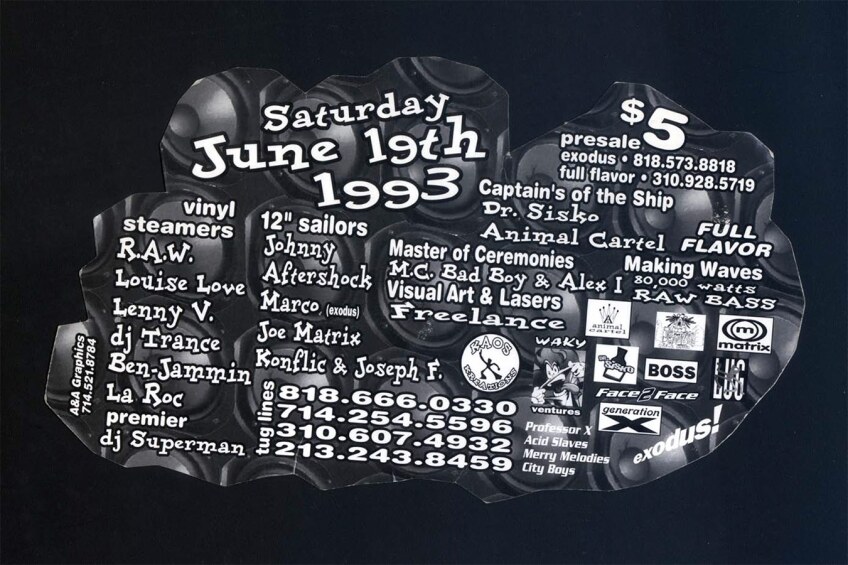

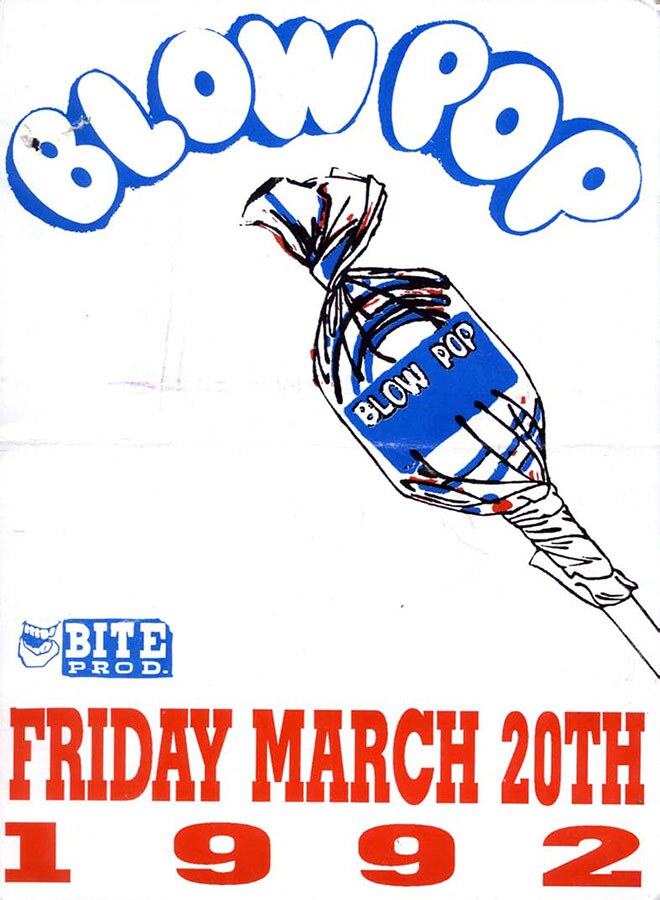

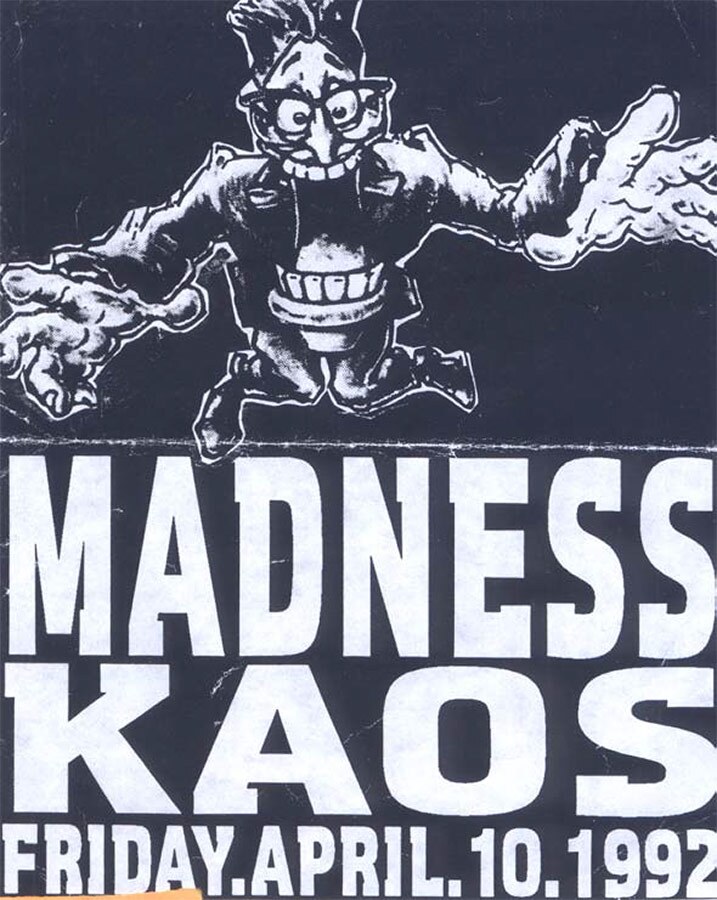
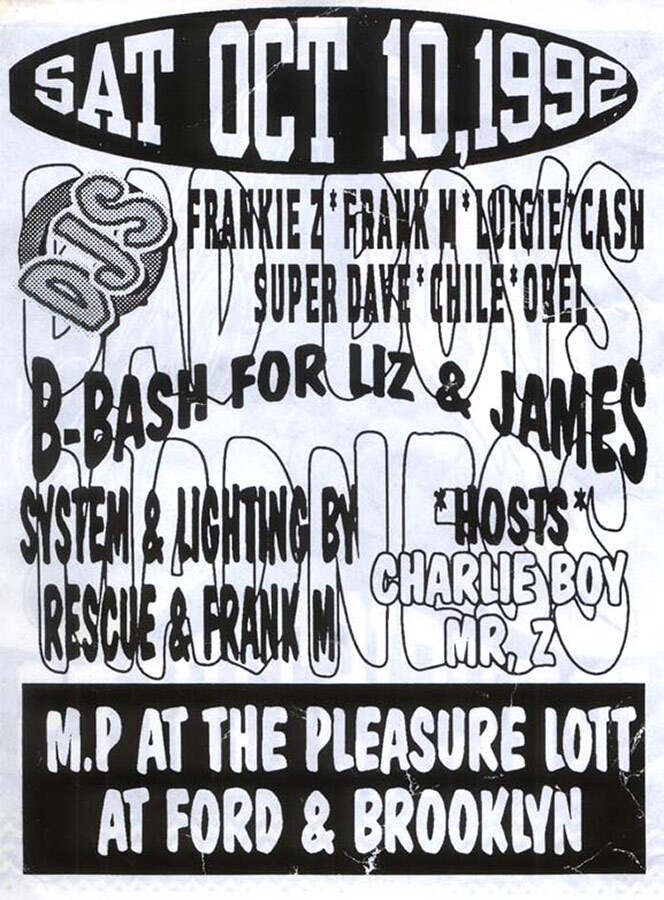
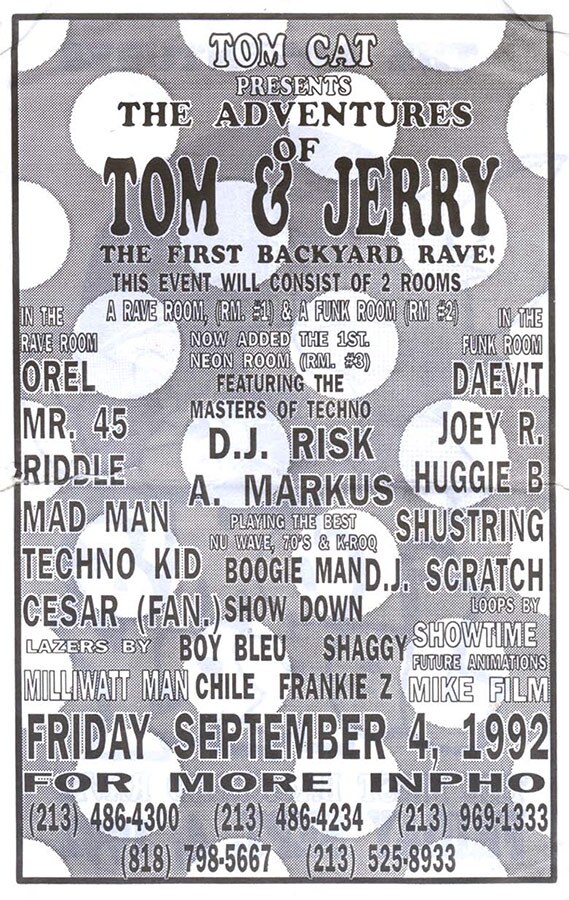



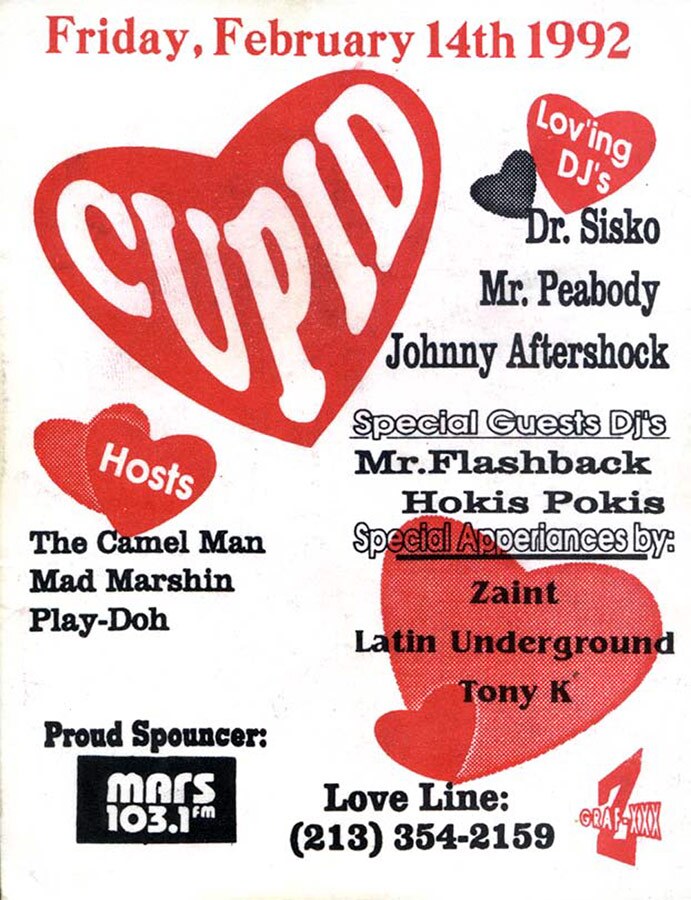
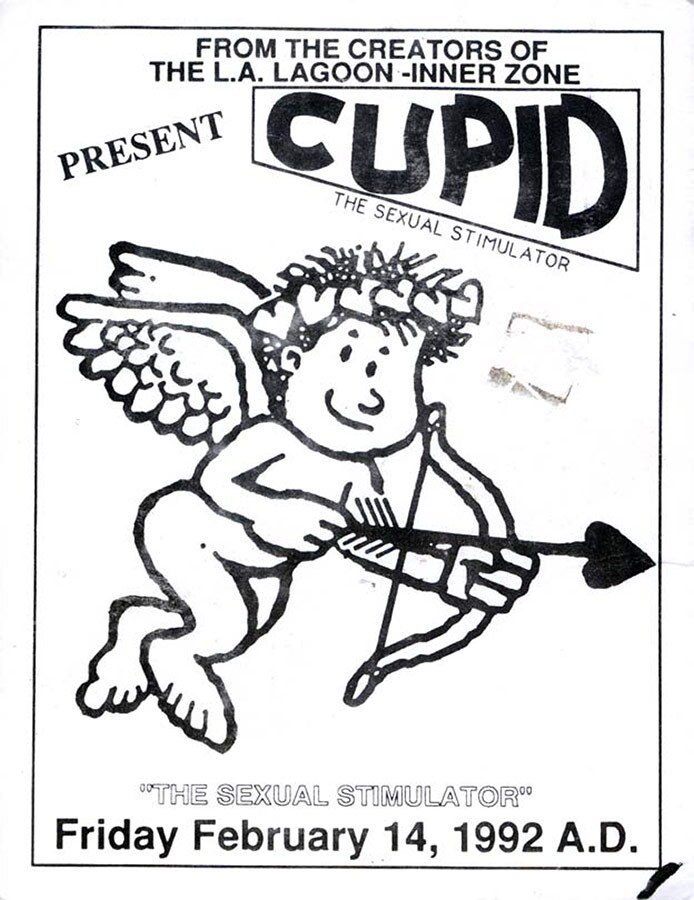

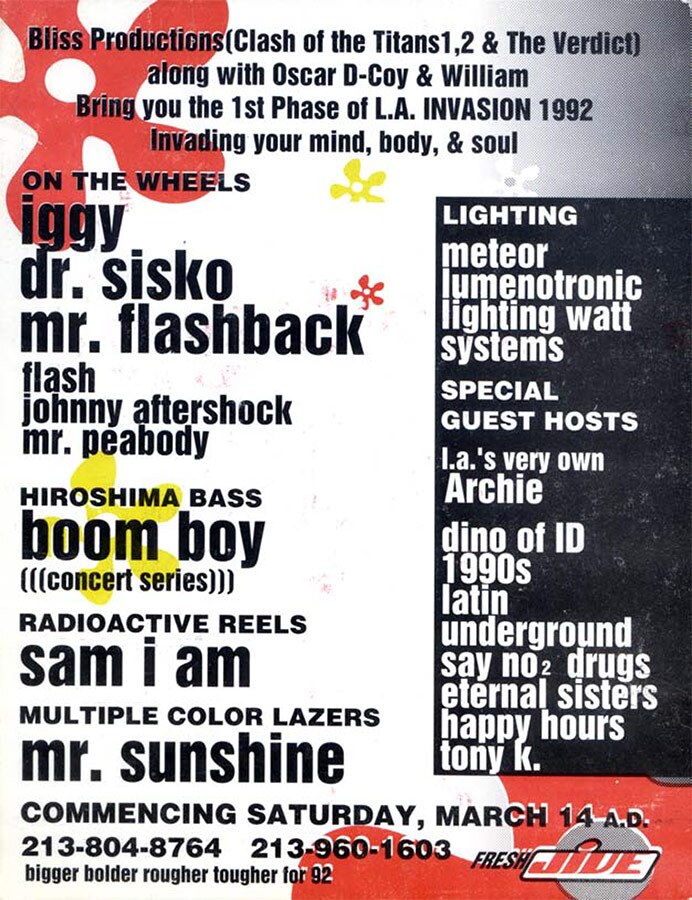




'90s Scene Gallery
As the rest of the city headed toward uncertain social climates, the backyard parties became the destination of youth culture ready to expierment and make way for a more diverse audience. The '90s music scene brought a blend of hip-hop, house, and trance music that provided a soundtrack for the neighborhoods undergoing economic transformation. Photographs by Gregory Bojorquez.
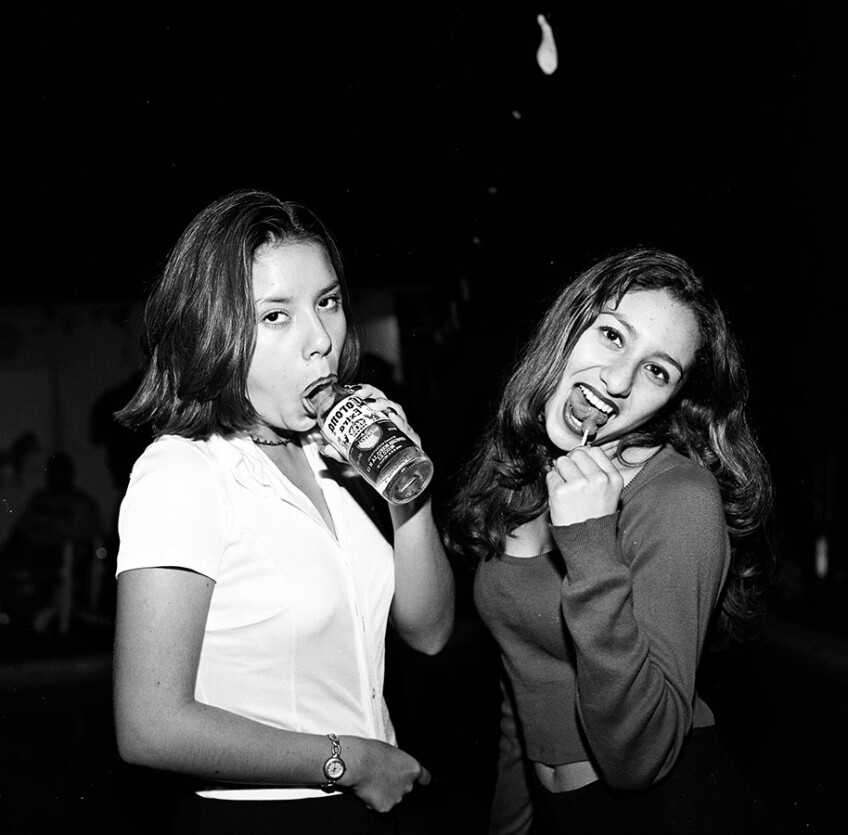
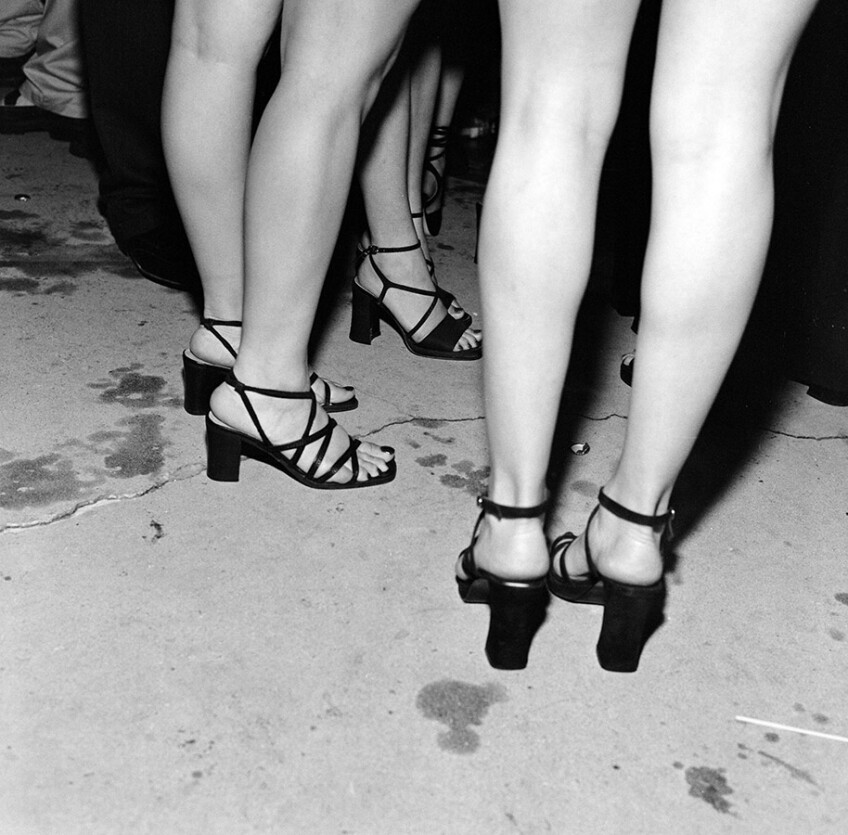
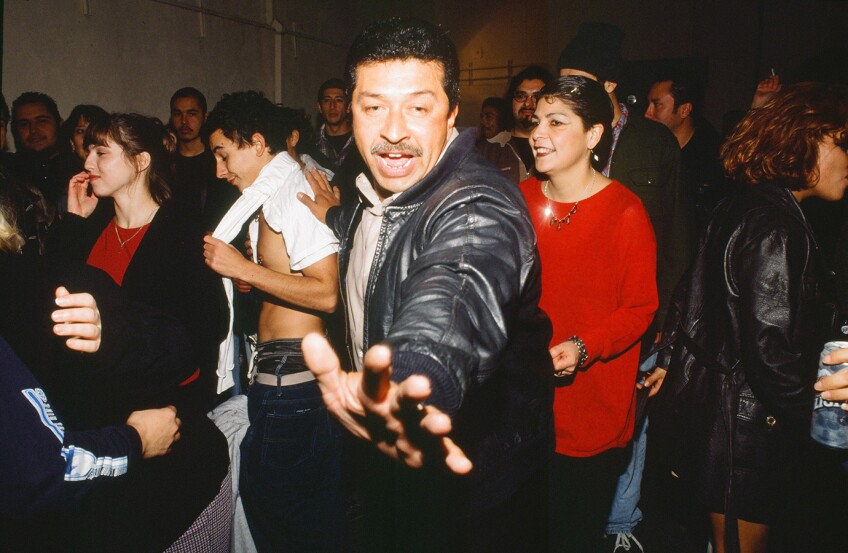

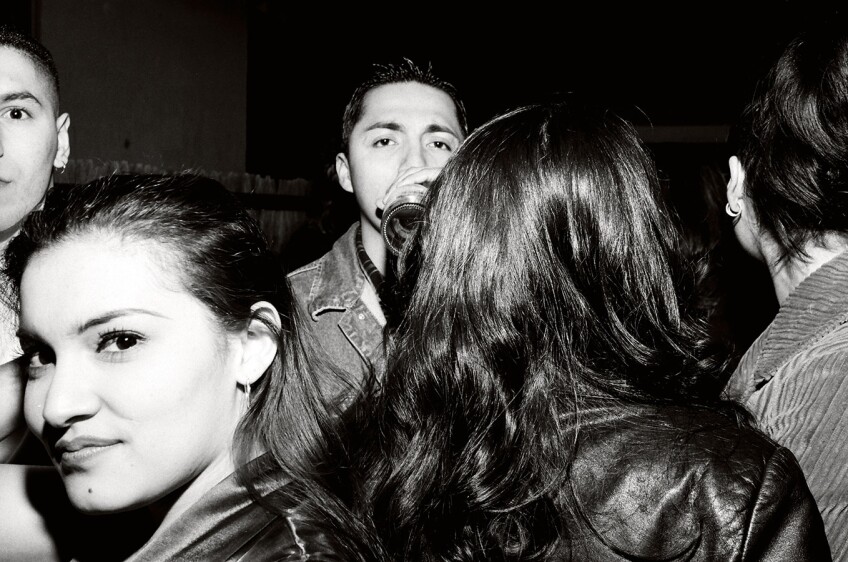
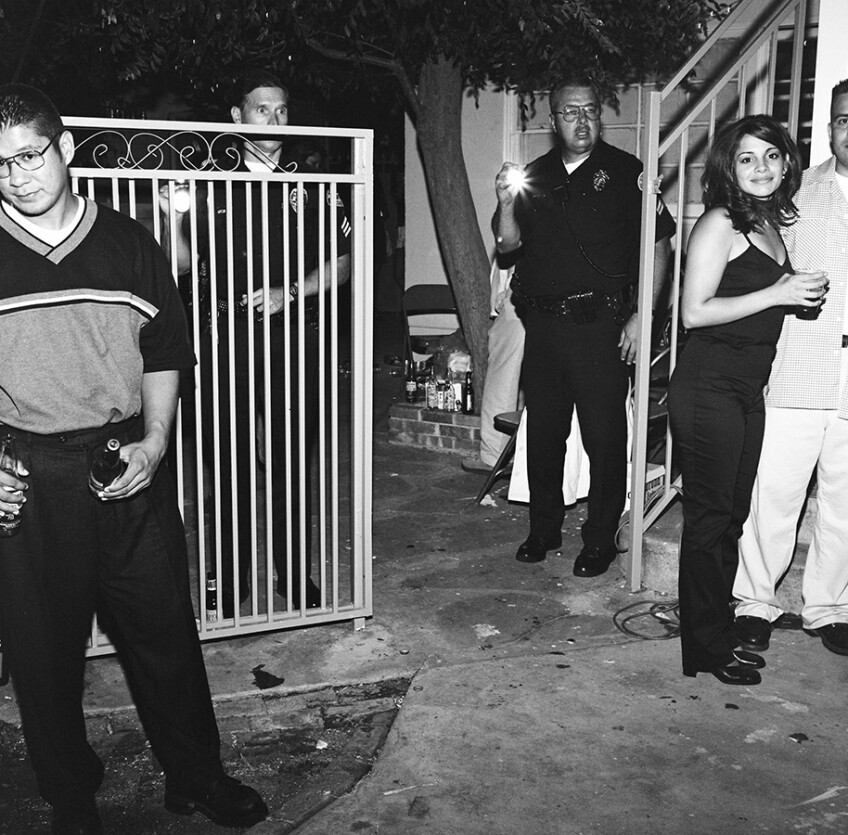

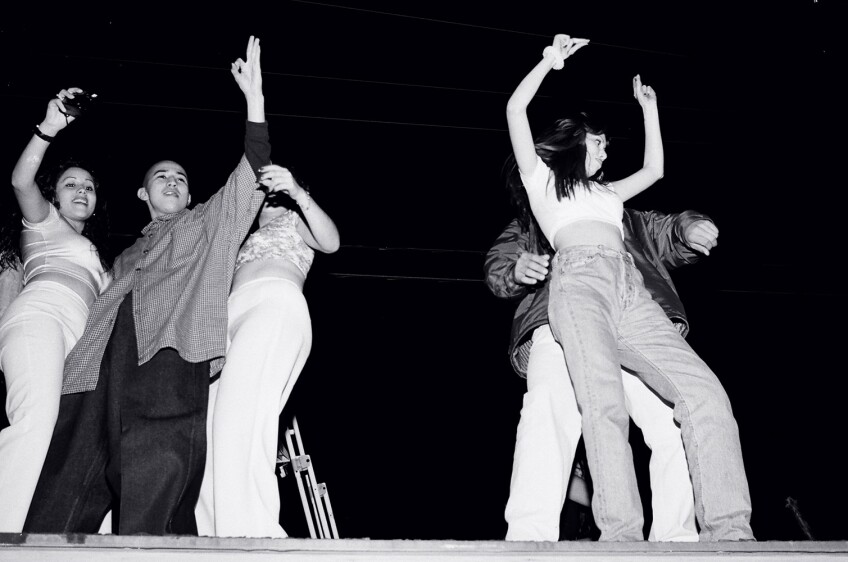
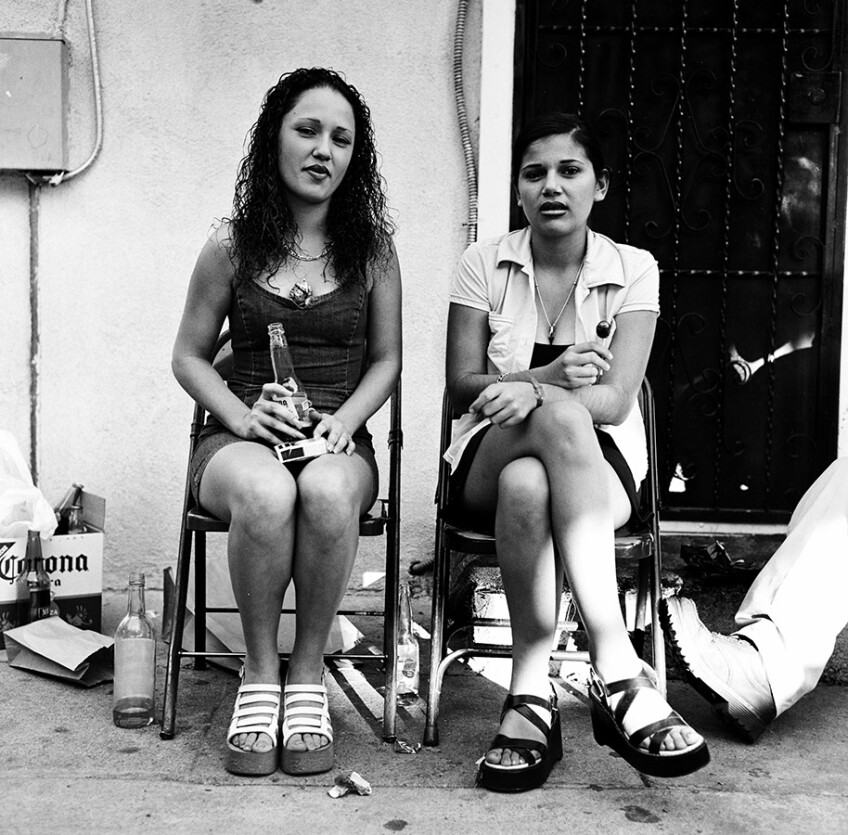
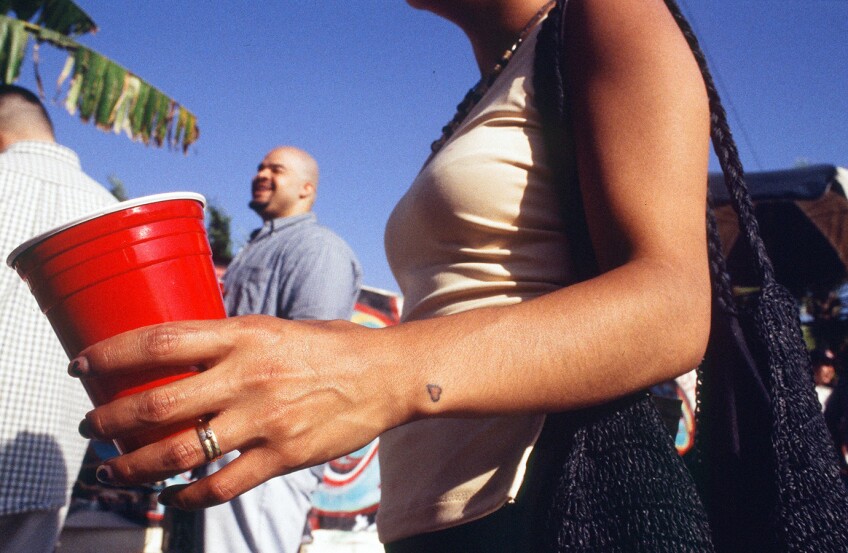
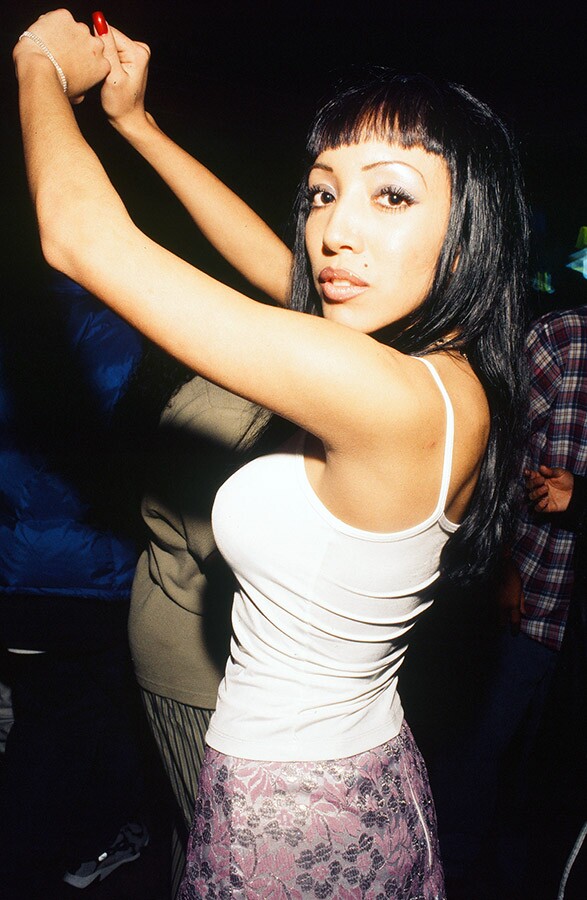


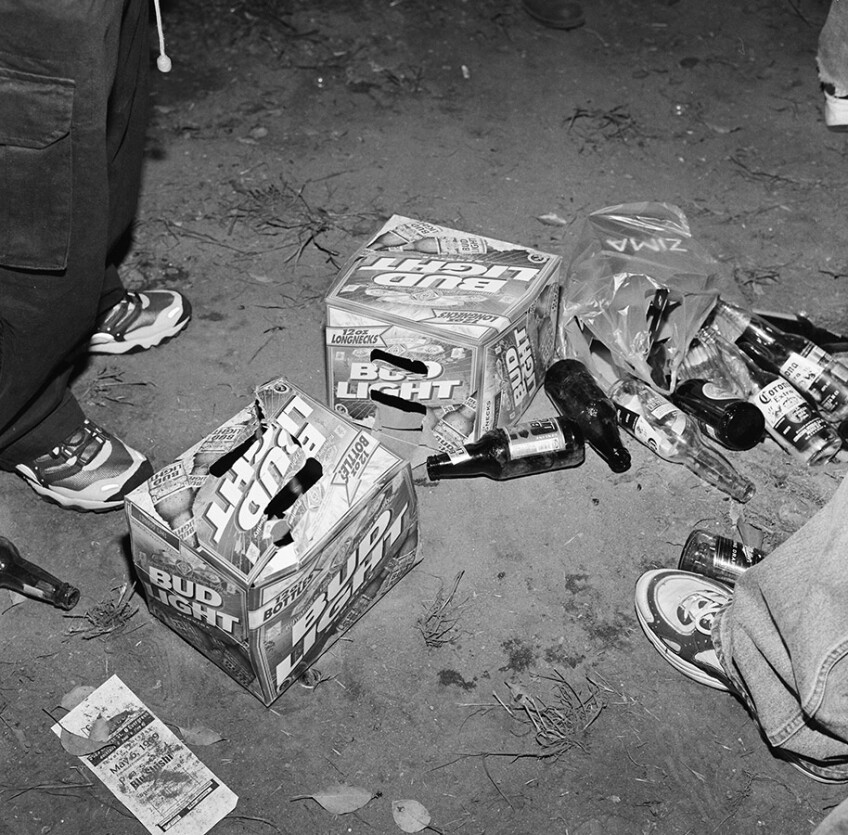
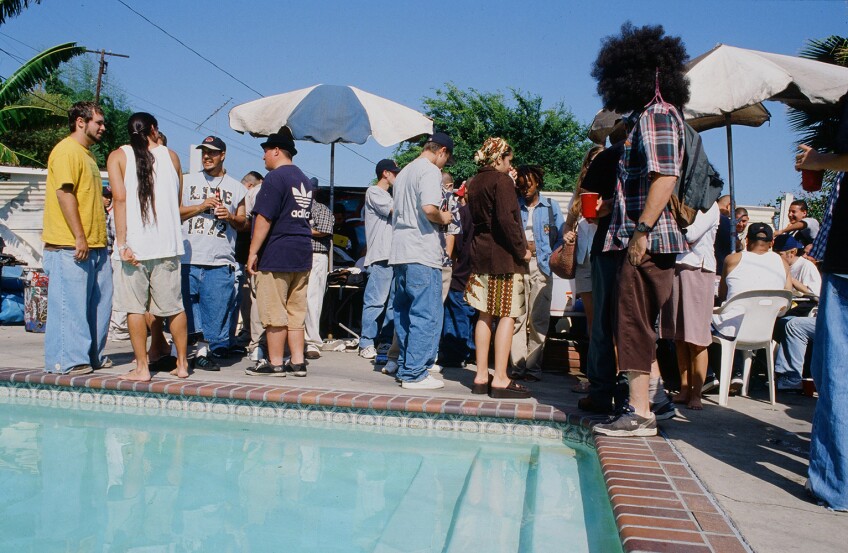
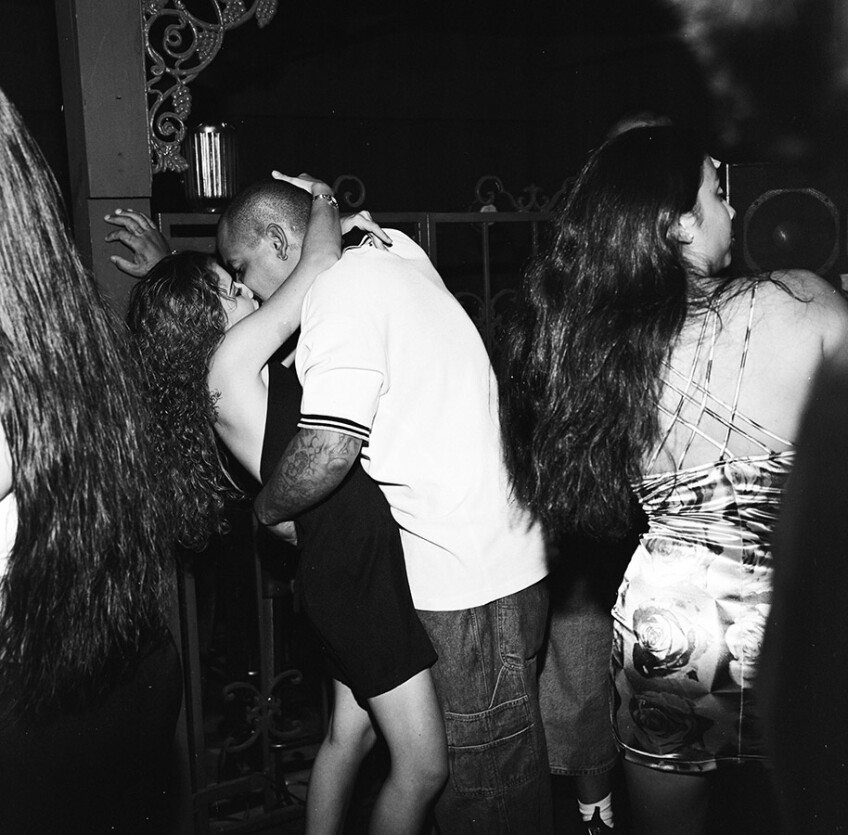
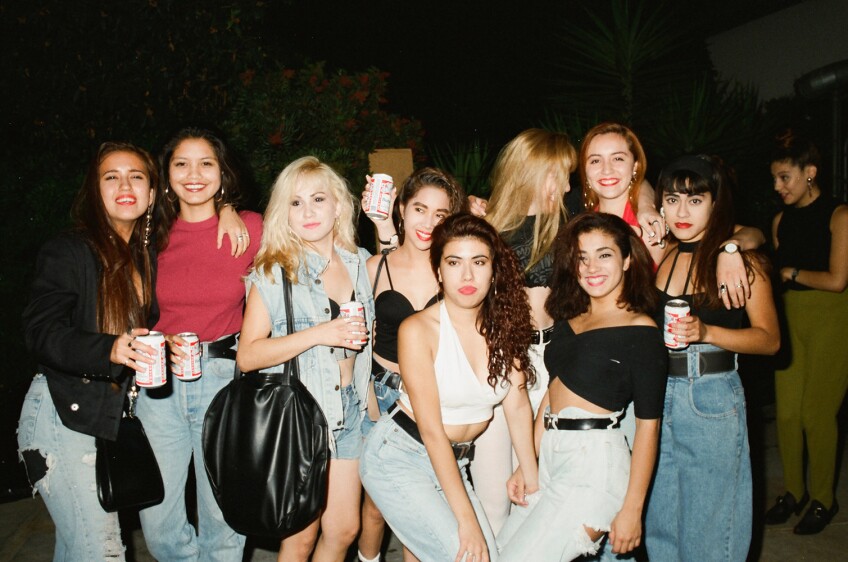

Gerard Meraz is the author of An Oral History of DJ Culture From East Los Angeles.